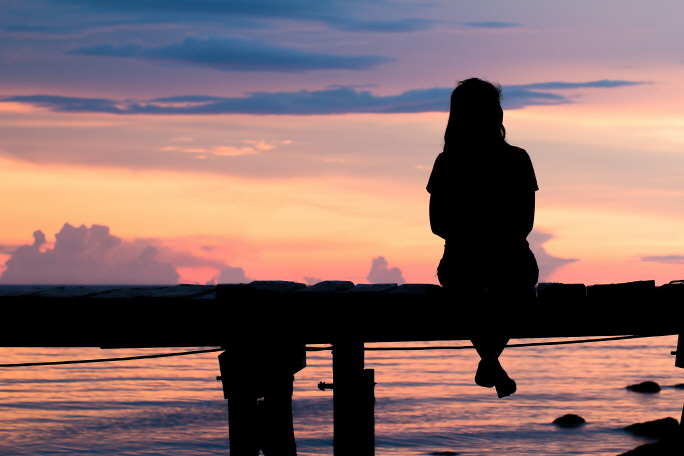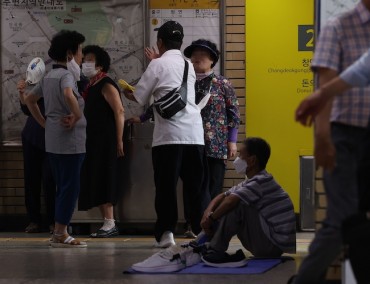SEOUL, Dec. 18 (Korea Bizwire) — The dangers of ‘copycat suicide’ following the deaths of popular celebrities are most striking among women in their 20s, a recent study has revealed.
A joint research team from Asan Medical Center and the University of Ulsan College of Medicine studied how 10 cases of popular celebrities who committed suicide between 1993 and 2013 affected the risk of copycat suicide among the public.
Copycat suicide, also known as the Werther Effect, refers to attempts to kill oneself after a celebrity or an admired individual commits suicide.
The research team selected 10 cases (five male, five female) among the most publicized suicides committed by celebrities in the last 20 years, and divided suicide cases of ordinary individuals between the ages of 10 and 69 that occurred during similar periods by gender and age to calculate the ‘intensity’ of copycat suicides and mortality rate.
The intensity of copycat suicide refers to the actual number of copycat suicides in proportion to the anticipated number calculated based on the average rate of increase in the number of suicides committed each year.
Mortality rate refers to the actual number of deaths due to copycat suicide per 100,000 people.
The results revealed that suicide intensity was most striking among women in their 20s (2.31 times), and also demonstrated the highest mortality rate of 22.7 more deaths, showing that young women are the most vulnerable group towards copycat suicide.
The intensity of copycat suicide was highest among women in their 20s, followed by women in their 30s and men in their 20s.
The mortality rate was highest among women in their 20s, followed by men in their 50s and men in their 60s.
What’s interesting was that while men in their 50s showed a lower intensity of copycat suicide (1.29 times) compared to other groups, they ranked second in terms of mortality rate (20.5 deaths) immediately after women in their 20s.
The research team explained that men in their 50s act as if they are disinterested in the news of celebrity suicides, but are in fact more affected than other groups.
The research team was surprised to find that teens, initially anticipated as the most vulnerable group toward celebrity suicides, were actually less prone to resort to copycat suicide than older age groups.
“Preventive education is critical in lowering the suicide rate,” said professor Kim Nam-kug from Asan Medical Center.
“The study compares the vulnerabilities of various groups toward copycat suicide, which will be helpful in delivering closely tailored suicide prevention programs.”
H. M. Kang (hmkang@koreabizwire.com)







